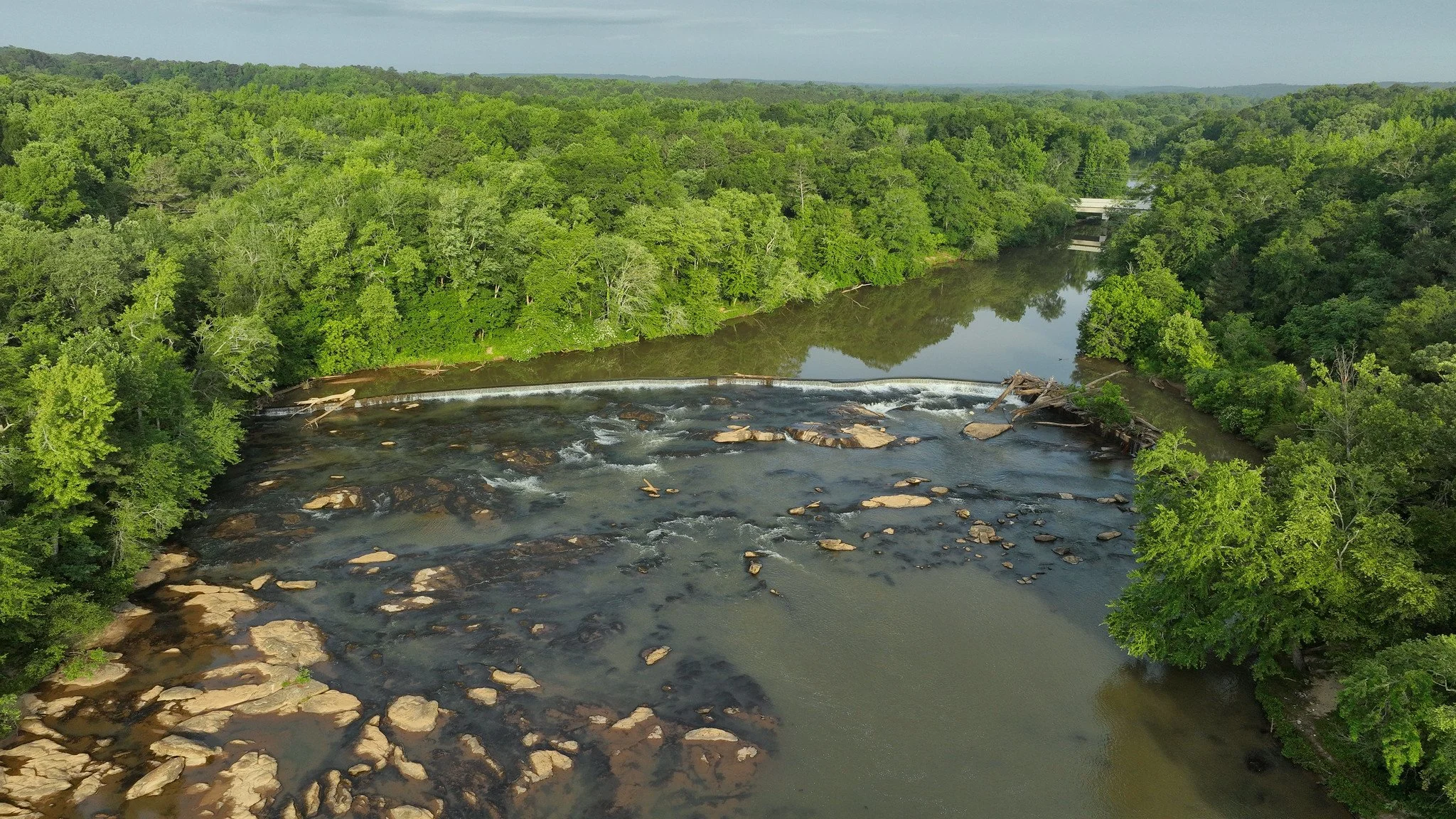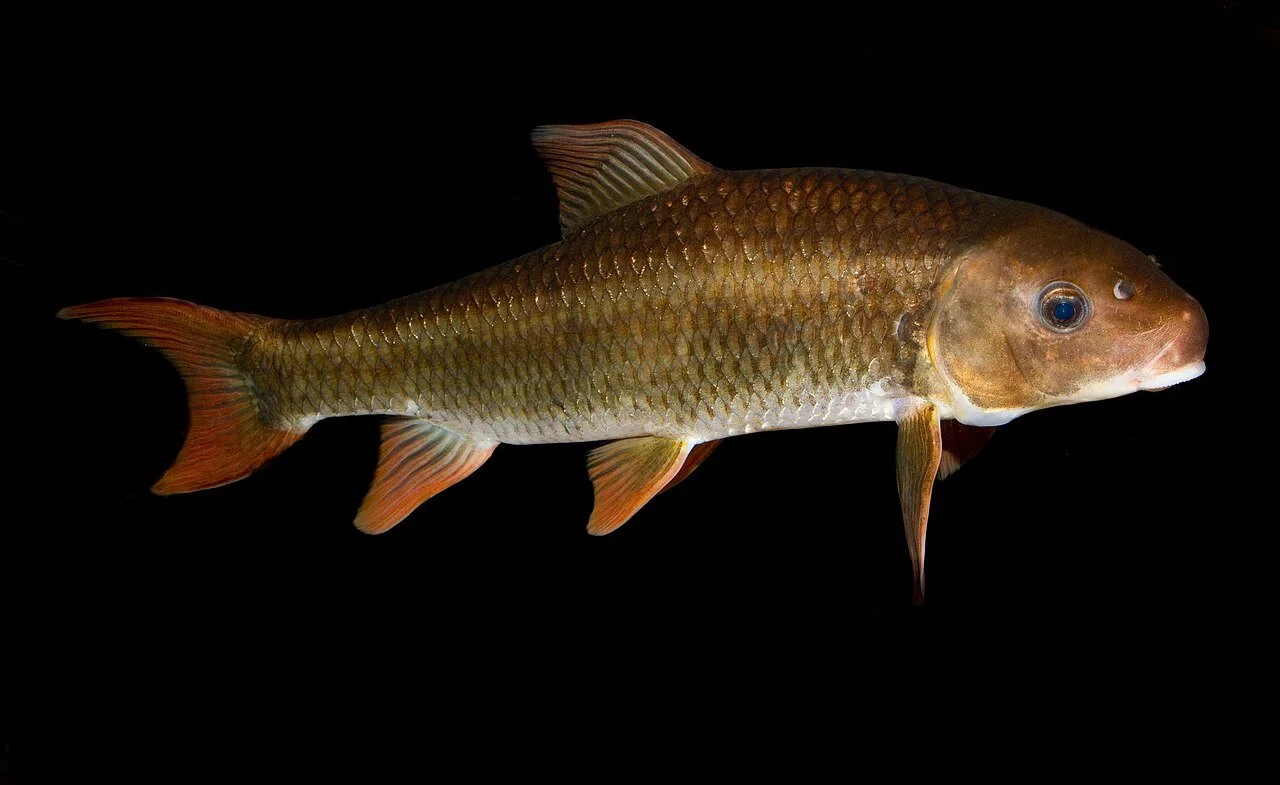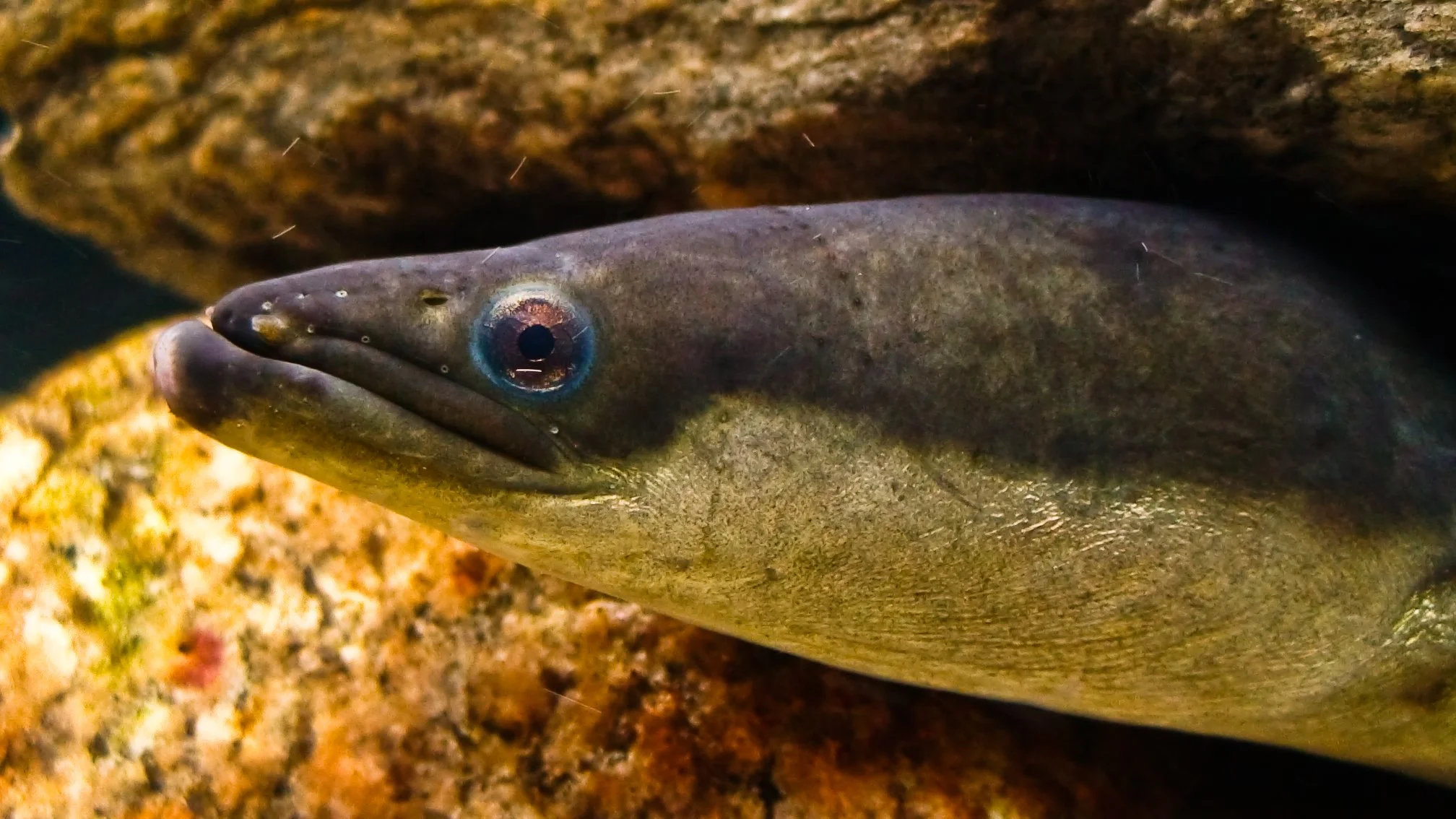South River Fish Passage & Habitat Restoration
An ongoing initiative in partnership with The Nature Conservancy in Georgia.
Restoring safe passage for fish and paddlers at Snapping Shoals Dam has been a priority for SRWA since the launch of our recreational programming and development of the South River Water Trail. Reconnecting these riverine corridors is critical to establishing resilient ecological communities in the face of climate change. Indeed, it is of state and regional significance particularly in an increasingly urban landscape.
The highlight of our anniversary celebration this year is the announcement of a new, major project and next-level partnership with The Nature Conservancy (TNC). Together we will amplify efforts to restore flow and aquatic habitat with benefits to all communities of the South River Watershed – the people and the aquatic wildlife. Several native species of migratory fish, like American Shad, Robust Redhorse, and the American Eel (see below) once utilized the river corridor from the ocean up to the smallest headwater streams of Georgia’s inland river systems – including the upper Ocmulgee and the South River. These fish play an important role in both coastal and freshwater ecosystems, however, the fish are blocked by dams like Juliette and Lloyd Shoals dams on the Ocmulgee, and Snapping Shoals Dam on the South River.
Enter TNC in Georgia. As part of their whole systems approach to watershed conservation, TNC has identified the South River watershed as a priority headwater for the restoration and protection of the greater Altamaha River Basin. With about 60,000 acres of the South River watershed directly impacting aquatic and terrestrial resiliency from headwaters to coast, it represents opportunities to restore habitat and biodiversity, improve water quality and quantity, increase recreational opportunities, and support public safety.
This work is just beginning and is sure to be an exciting new chapter for SRWA and the South River. Please consider sponsoring our annual fundraiser, 25 in 25’, and join us in celebration of our river’s important role in restoring native fish habitat in Georgia!
Snapping Shoals Dam, owned by Henry County, is a low-head dam and the only dam on the South River.
Image credit: Alan Cressler
NATIVE FISH SPECIES: POTENTIAL FLOW & HABITAT RESTORATION, MIGRATION & RE-POPULATION
Robust Redhorse, Moxostoma robustum
The Robust Redhorse is a state-endangered suckerfish native to the southern Atlantic slope, both in the Piedmont and Coastal Plain rivers of North Carolina, South Carolina, and Georgia. It is a potamodromous species, meaning that it undertakes long migrations, in some cases up to 62 miles within freshwater rivers, from the low-lying and low-gradient Coastal Plain ecoregion to its spawning grounds on gravel bars near shoals in the upland and higher-gradient Piedmont ecoregion. The species requires clean gravel bars on which to spawn and unimpeded migration routes to complete its life cycle. Source
The robust redhorse historically occurred in river drainages, from the Altamaha in Georgia northward to the Pee Dee of North and South Carolina. Currently a small population persists in a stretch of the Oconee River from Milledgeville south to just above Dublin, Georgia. Additional small populations of unknown size persist in the Savannah River below New Savannah Bluff Lock and Dam, Georgia / South Carolina, and the Pee Dee River, North and South Carolina. The robust redhorse has been re-introduced into the Broad River, a tributary of the Savannah River, and the Ogeechee and Ocmulgee rivers in Georgia, and has also been introduced into large tributaries in the Santee River drainage in South Carolina. Source
THREAT: Blocked migration routes and habitat loss due to altered flow, dams, sedimentation, erosion, and pollution
Image license
Image credit Brian Gratwicke
American Eel, Anguilla rostrata
The American eel is the only species of freshwater eel found in North America. It once made up over a quarter of the total fish found in many Atlantic coastal streams. Indeed, the eel is a valuable food source for larger fish and fish-eating birds, as well as people. Eels are catadromous, meaning they primarily live in rivers and estuaries, but migrate out to the ocean - the Sargasso Sea, to spawn. American eels are an elongated fish, with fairly small fins. They use their whole body to swim in undulating motions. Source
The species is now federally managed by the National Marine Fisheries Section of NOAA and has become a focus of fish passage efforts. GADNR began tracking the American Eel in 2021 to help provide quality and up to date data to inform the need for additional eel passage at such barriers as hydropower dams. Source
THREAT: Blocked migration routes and habitat loss due to altered flow, dams, sedimentation, erosion, and pollution
Image license
Image credit Erickson Smith
American shad, Alosa sapidissima
American shad is an anadromous, migratory species found along the Atlantic coast of North America from Newfoundland to Florida. They spend most of their lives in the Atlantic Ocean. When it is time to spawn, they return to the freshwater rivers where they hatched.
The Anadromous Fish Conservation Act authorizes the Fish and Wildlife Service (Service) to work with states and other non-federal partners to restore and enhance depleted populations of valuable migratory fishes, like the American shad, and their habitats. Source
THREAT: Blocked migration routes and habitat loss due to altered flow, dams, sedimentation, erosion, and pollution
Image license
Image credit Philadelphia Water Department, U.S. Army Corps of Engineers





